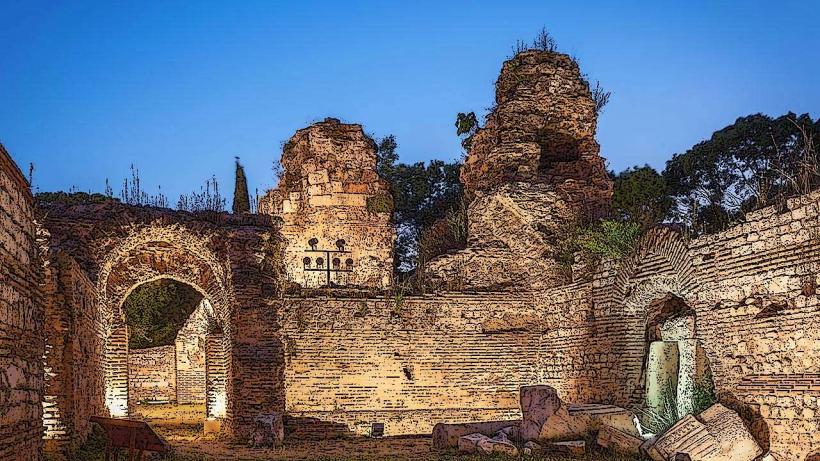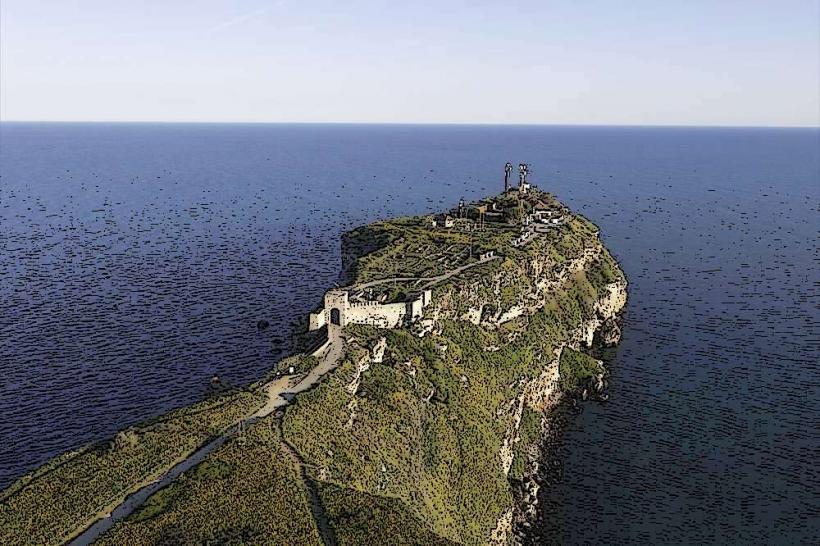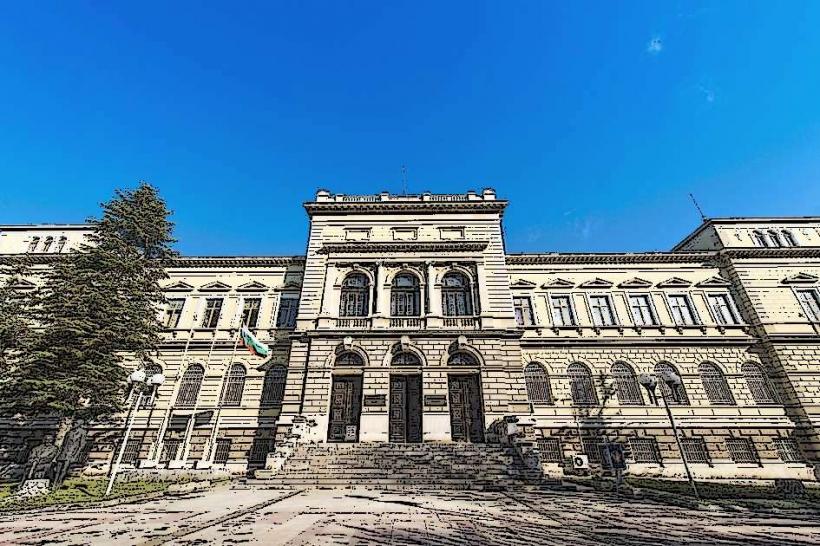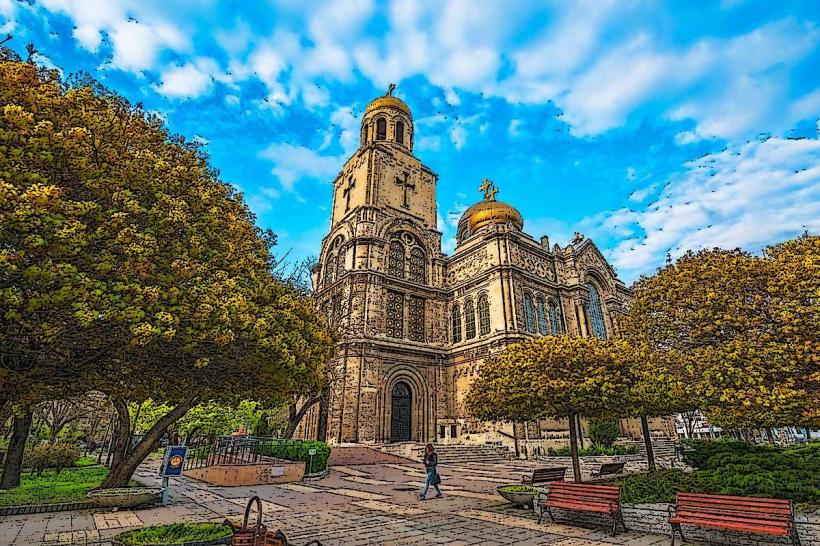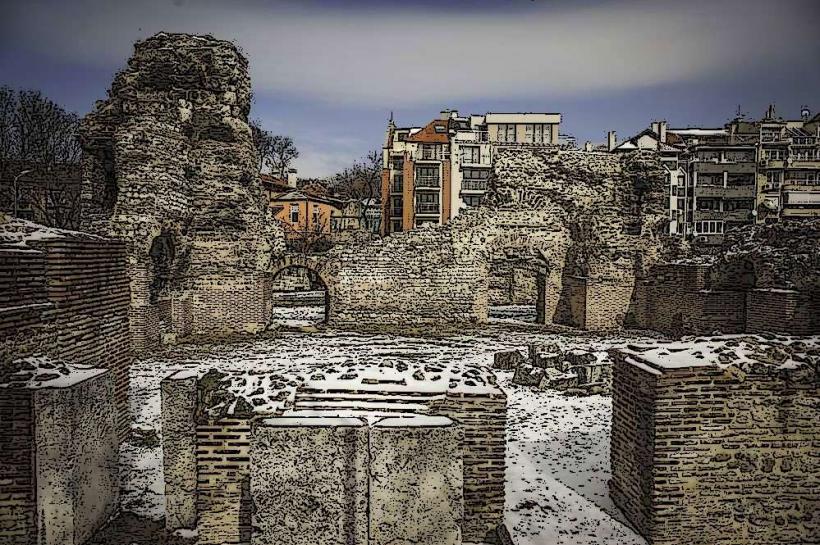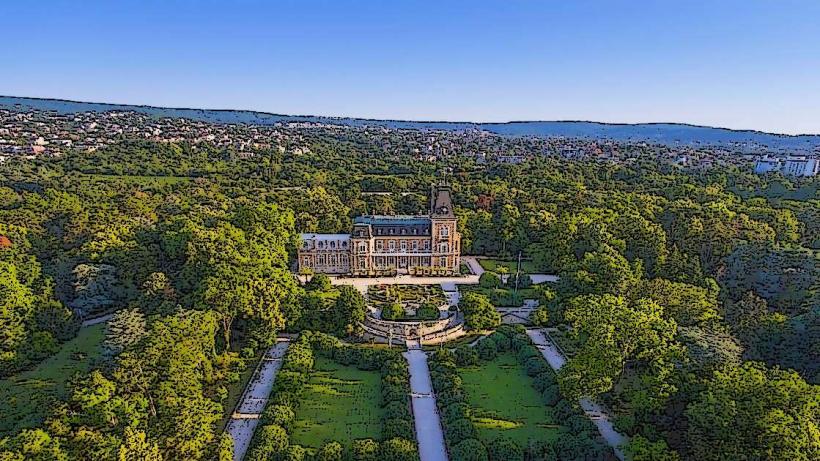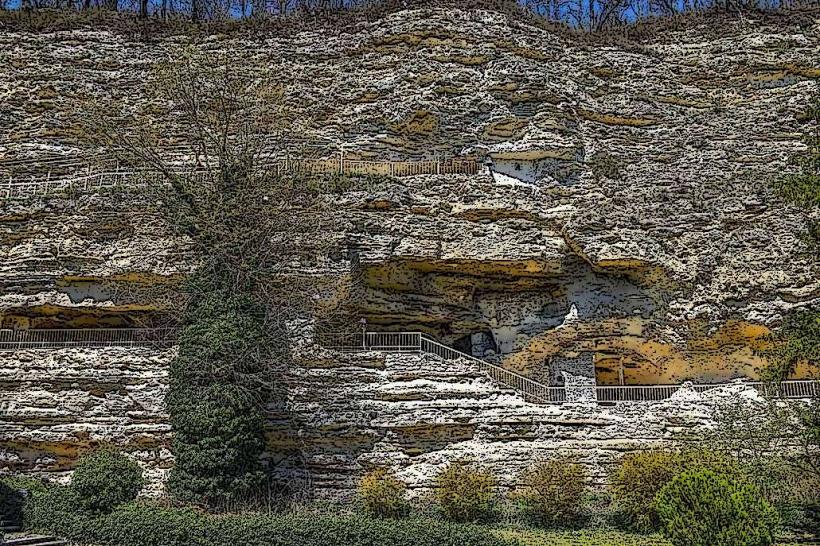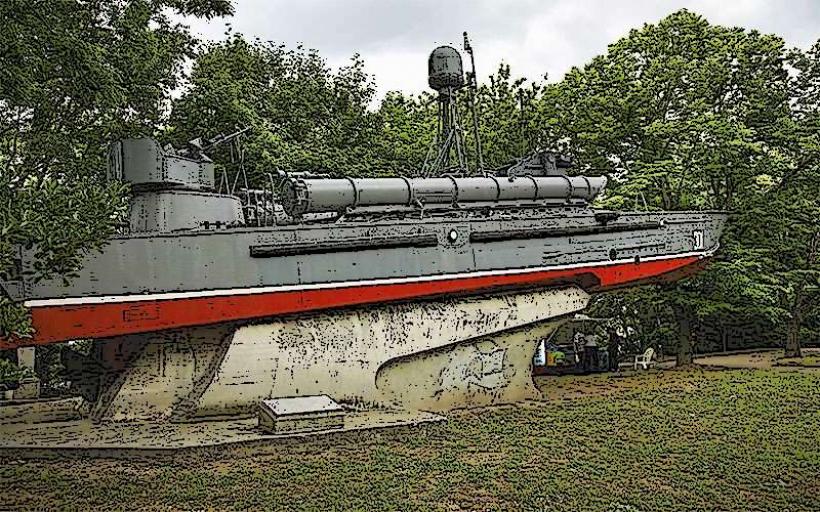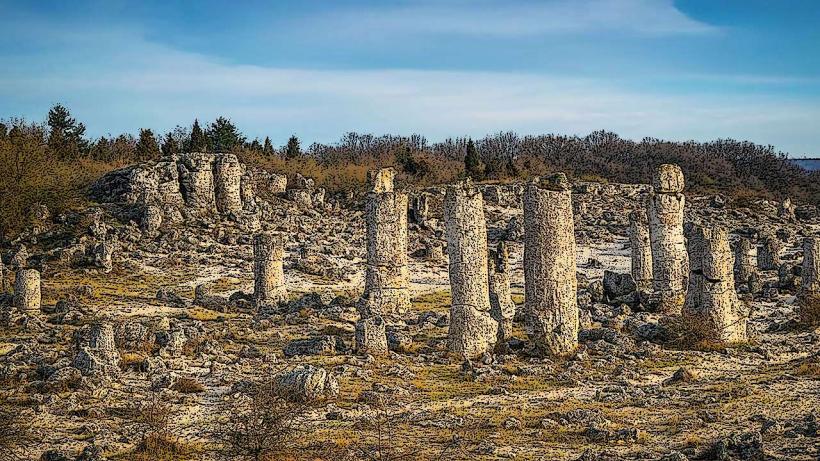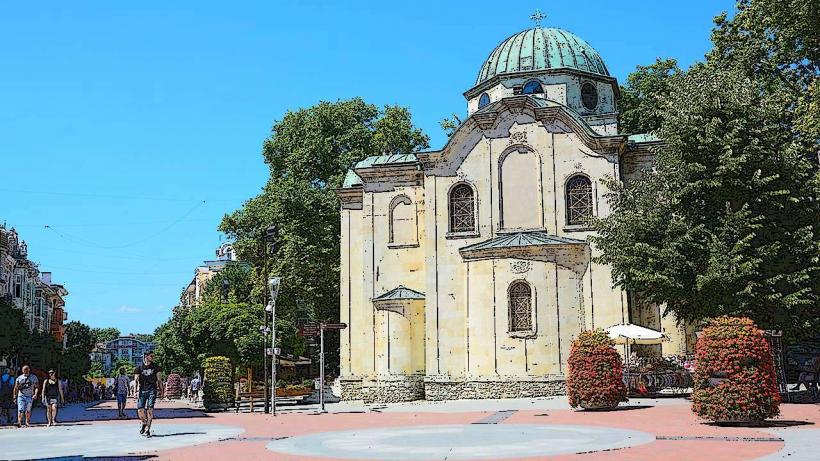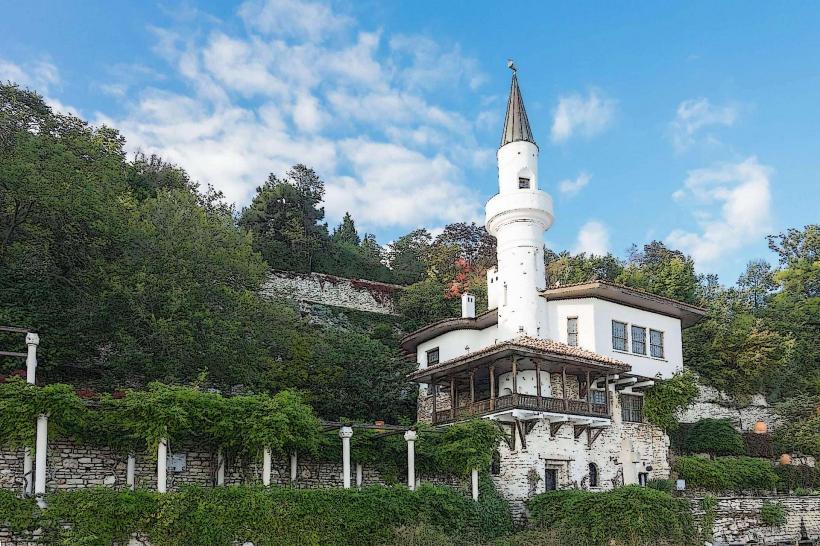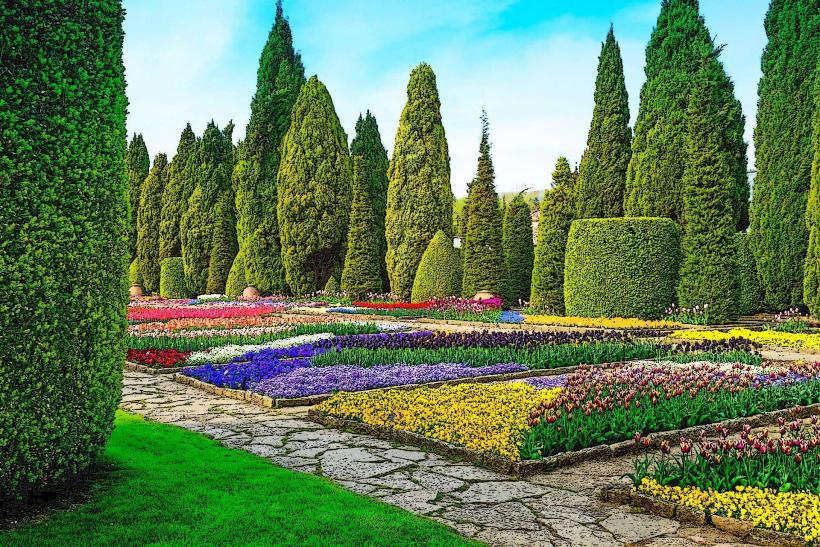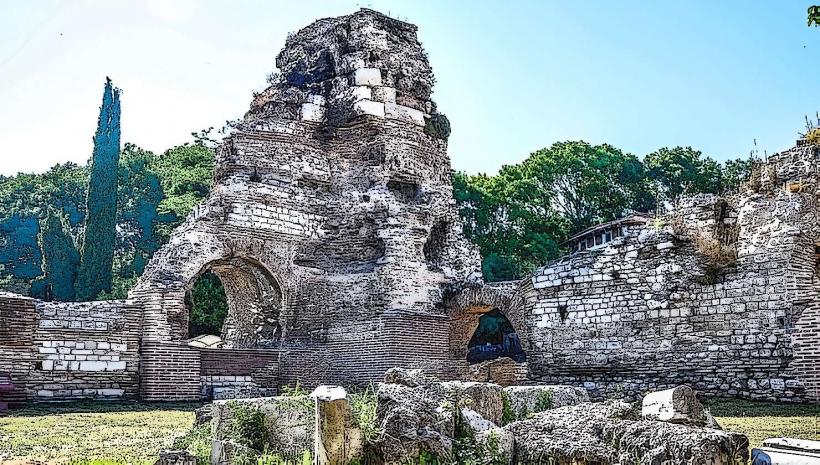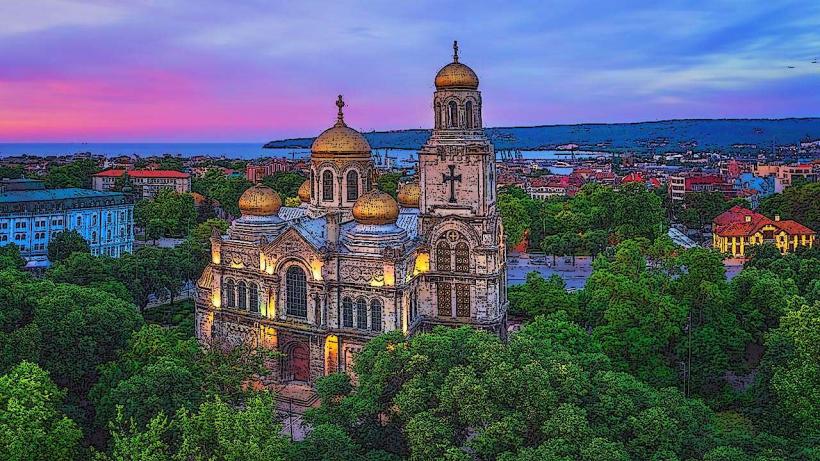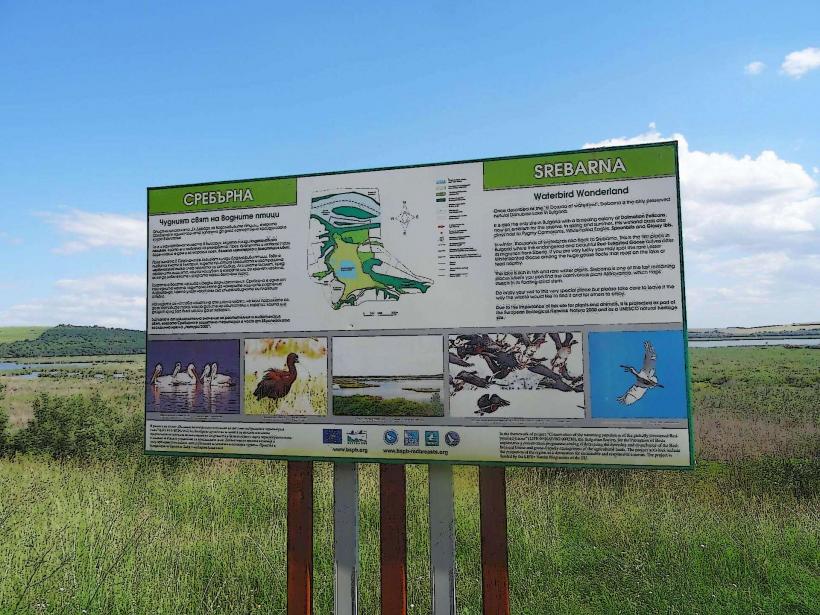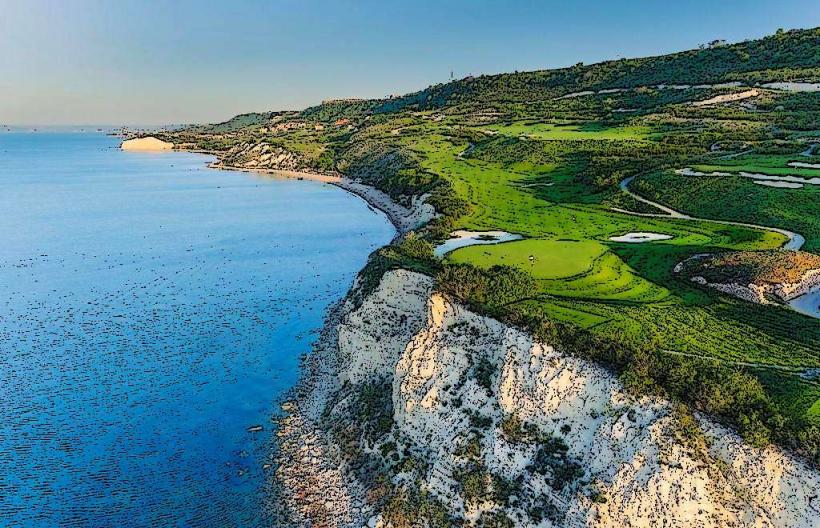Information
Landmark: Roman Fortress of OvechCity: Varna
Country: Bulgaria
Continent: Europe
The Roman Fortress of Ovech, located near the modern town of Provadiya in northeastern Bulgaria, is a historically and archaeologically significant site with a rich history spanning several periods. Known for its strategic location and unique architectural features, Ovech offers insights into Roman, Byzantine, and medieval Bulgarian history.
Historical Overview
Roman Era
- The fortress's origins date back to the Roman period, when it served as an important military and administrative center.
- Located on the Kaleto Plateau, a limestone ridge overlooking Provadiya, it was part of the Roman defensive network protecting the empire's northern frontier.
- Its position offered strategic advantages for monitoring and controlling key trade routes and defending against invasions from the north.
Byzantine Period
- During the Byzantine era, the fortress was significantly expanded. It became a bulwark against incursions from migrating tribes such as the Slavs and Avars.
- The fortress saw improvements in fortifications, including stone walls, towers, and gate systems.
- Ovech was a key point in the Byzantine strategy to maintain control over the Balkans and safeguard the rich grain-producing regions of Moesia.
Medieval Bulgarian Period
- In the First Bulgarian Empire (681–1018 CE), Ovech remained a crucial stronghold.
- It played a prominent role during the Second Bulgarian Empire (1185–1396 CE), serving as a center of administration, defense, and local governance.
- The fortress was renamed Provat during this period, derived from the Greek word for sheep, reflecting the region's role in livestock production.
- The site became a center for trade, particularly in salt, which was produced in the nearby salt pans of Provadiya.
Ottoman Period
- After the Ottoman conquest of Bulgaria in the late 14th century, Ovech was used by the Ottomans as a military post and administrative center.
- Over time, its strategic importance declined, and the fortress was eventually abandoned.
Architectural Features
The remains of the fortress reveal its sophisticated design and adaptation to the rugged terrain:
Fortification Walls and Towers:
- Built from limestone blocks, the walls were designed to follow the contours of the plateau, maximizing defense.
- Towers and bastions provided additional protection and vantage points for monitoring the surrounding area.
Main Gate and Bridge:
- The main entrance was accessible via a steep staircase carved into the rock, leading to a wooden drawbridge.
- Today, a reconstructed bridge connects the fortress to the adjacent hills, offering a glimpse of its historical design.
Cisterns and Water Supply:
- The fortress contained large cisterns carved into the rock to collect and store rainwater, ensuring a reliable water supply during sieges.
Churches and Religious Sites:
- Archaeological evidence indicates the presence of Christian churches within the fortress, reflecting its role as a spiritual as well as military center.
Secret Escape Tunnel:
- A tunnel carved into the rock served as an escape route, connecting the fortress to the plains below. It was vital during sieges.
Archaeological and Cultural Significance
- Excavations have uncovered artifacts such as coins, pottery, and tools from various periods, highlighting the fortress's continuous occupation.
- Inscribed stones and other finds offer insights into the administrative and religious life of the fortress's inhabitants.
Tourism and Modern Legacy
- The fortress is a popular tourist destination, offering stunning views of the surrounding landscapes and a tangible connection to Bulgaria's history.
- The reconstructed bridge and well-preserved ruins make it accessible and visually striking.
- Ovech is celebrated for its role in local history and its contribution to understanding the region's strategic and economic importance across centuries.
The Roman Fortress of Ovech exemplifies the ingenuity of ancient military architecture and its evolution through the Roman, Byzantine, and Bulgarian eras, making it a key landmark in Bulgaria's historical and cultural heritage.

